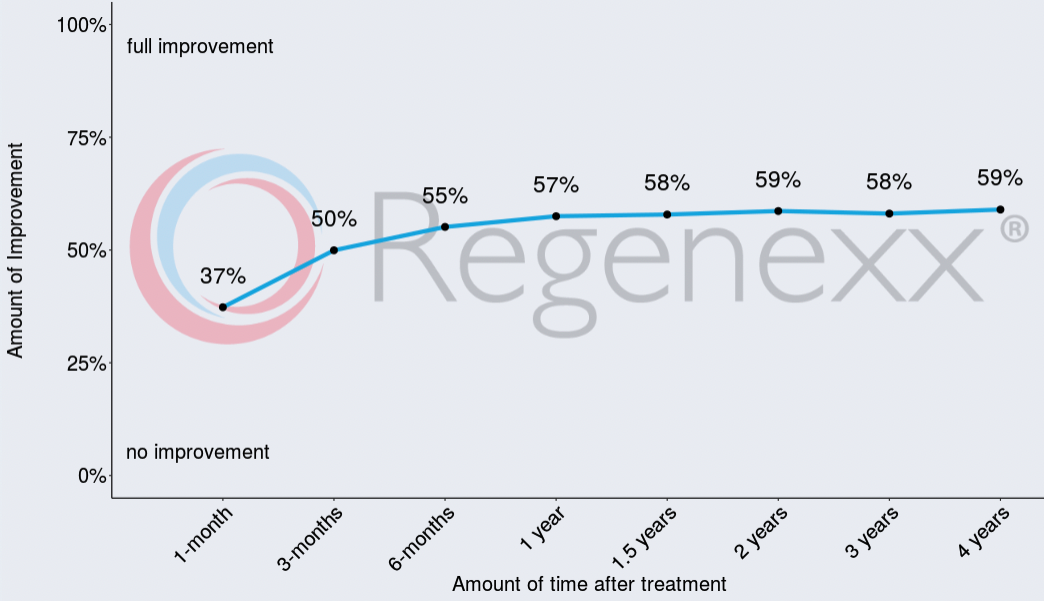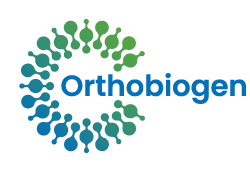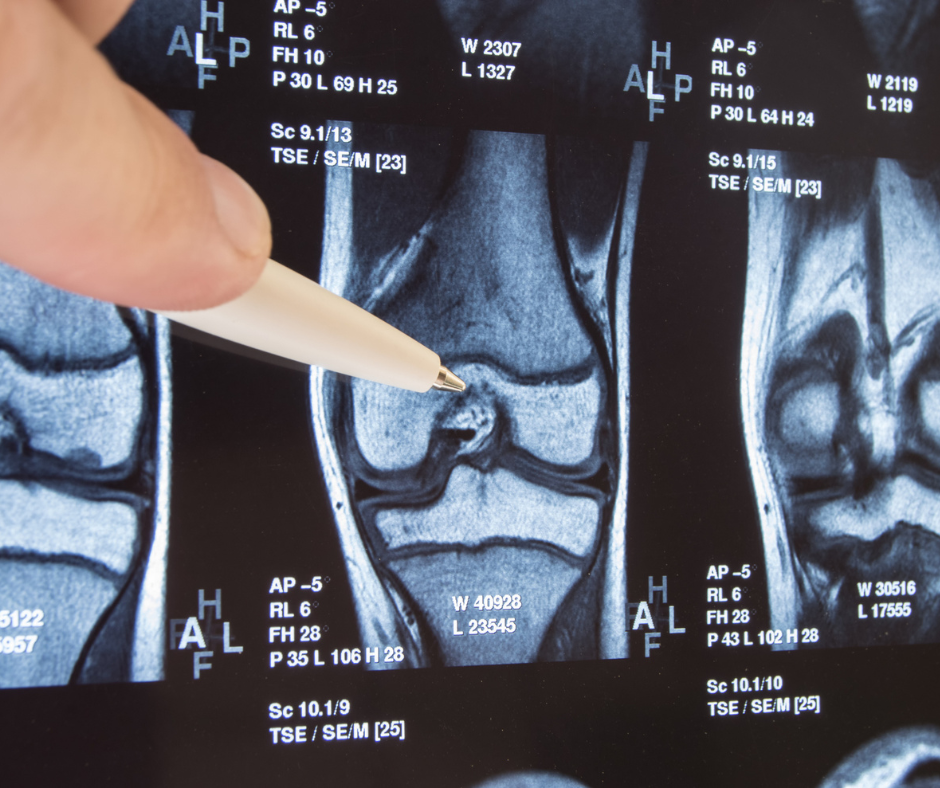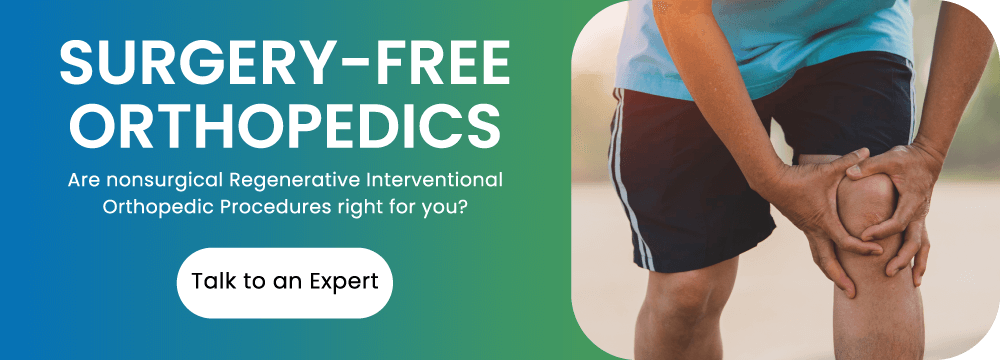Bone-On-Bone Does Not Have to Mean Surgery
Bone-On-Bone knee pain does not mean a patient has zero cartilage in the knee. The condition happens when the knee cartilage may thin or disappear completely in spots, resulting in areas of exposed bone. This article explores surgery-free procedures that patients can consider before electing invasive knee replacement surgery.
Knee Structure
Your knees are complex and vital parts of your body. They are your largest joints and are responsible for carrying the weight of your body as well as letting you get up and move. As you age, they begin to break down just like anything else. The knee is made up of bones, ligaments, tendons, cartilage, and a few other tissues. They all work together to help your knee function. Bones–as well as the tendons and ligaments that hold them together and let them move–are very important, but when talking about knee pain (specifically caused by osteoarthritis), the important part is the cartilage [1].
What is Cartilage?
Cartilage is strong, flexible tissue that exists all throughout your body. It is the main tissue in some parts of the body like your nose and ears, giving them their shape and structure, while in other places it works as a shock absorber. Every joint in your body is formed when two bones meet, and need to work together to allow the body to move. This process relies on cartilage to be the shock absorber and to reduce the friction between the bones, and thus allow the joint to bend more smoothly and painlessly [2].
Bone-On-Bone Due to Osteoarthritis
With cartilage being so important to joint function, what happens when we lose it? This condition is referred to as Osteoarthritis, and is one of the most common forms of arthritis. Also called “degenerative joint disease” or “wear and tear arthritis”, this condition results from the breakdown of the cartilage in your joints [3]. This can occur naturally over time or due to an injury. The pain is referred to as “bone-on-bone” because the decrease in cartilage lessens the friction reduction and shock absorption effects. With less cartilage your bones don’t have enough padding around them, and so the weight and friction that was previously absorbed by the cartilage, is transferred to the bones.
Surgery for Bone-On-Bone Knee Pain
There are more than 600,000 knee replacement surgeries in the US every year. An international panel found that often the recommendation for knee replacement isn’t correlated with the level of pain, disability, or degradation of the knee. At times, people with even mild symptoms may be recommended a knee replacement [4].
Knee replacements are invasive surgeries that cause trauma to your body and require long periods of rehabilitation. Knee replacements, like any surgery, have risks. And, some patients had their pain and disability level remain the same even after knee replacement surgery [4].
It’s important to remember that a patient can have knee replacement surgery following a regenerative treatment. But, a regenerative procedure is not an option after knee replacement surgery.
Regenerative Alternatives for Bone-on-Bone Knee Pain
Platelet Rich Plasma (PRP) and Bone Marrow Concentrate (BMC) are two alternatives to surgery that can improve function and decrease pain without being as invasive as a knee replacement.
PRP injections have been found to be more beneficial than other non-surgical management options for knee pain [5]. PRP uses growth factors from your own body to help it repair itself. Platelet injections have a stimulating effect on the repair cells/your own stem cells within the targeted area, making those cells work harder to perform their natural job of healing the body. PRP is used for low to mid level osteoarthritis.
Bone Marrow Concentrate (BMC), is a similar procedure to PRP, but it uses bone marrow containing a patient’s own live stem cells. Regenexx harvests bone marrow from an area of the back of the hip that contains a dense population of these important cells. The doctor then removes impurities from the draw, concentrating those cells before precisely injecting them into the injured area using advanced imaging guidance.
While regenerative orthopedic procedures cannot cure osteoarthritis, they have been found to decrease pain and increase the function of the joint (6, 7).
Outcomes from Regenexx Procedures
Regenexx maintains an active patient registry that tracks patients’ progress or side effects, post-procedure. Based on 11,790 tracked knee patients we asked after treatment, how much better are patients’ conditions?

Patients feel their joints are, on average, already 37% better after only 1-month, and continue to improve from there.
The questionnaire used is the Single Assessment Numeric Evaluation (SANE). See our Patient Outcomes to see how other patients have benefited from a Regenexx procedure.



